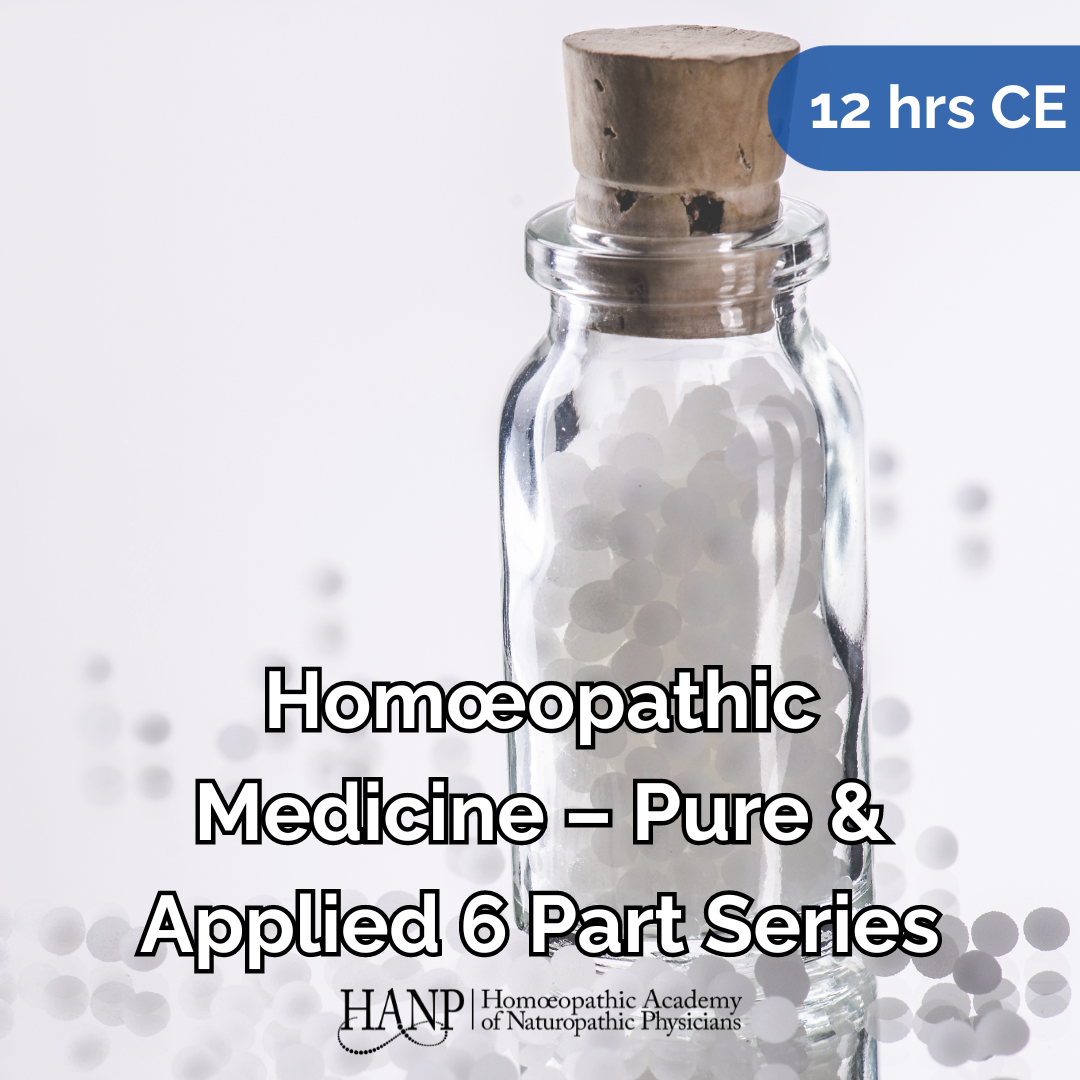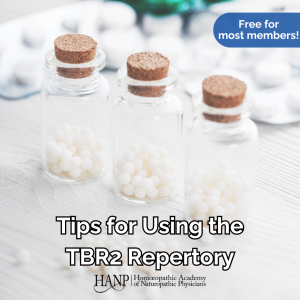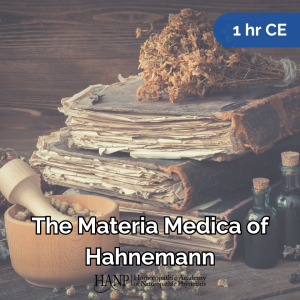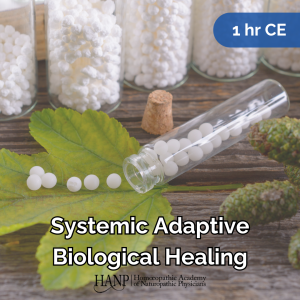Description
Presented by George Dimitriadis, BSc, DHom(Syd), DHomMCCH(Eng), FHom(UK), GHIH(Syd)
12 hours general CE || OBNM and AANP
Course Description
“The longer you can look back, the farther you can look forward.” Winston Churchill, (speech made 1944)
To be able to apply Homœopathy effectively in clinic, George Dimitriadis believes it is essential to first gain an understanding of its history and foundations. He did not reach this conclusion easily however; it was only after many years of trial and error in clinic and after closely examining the primary sources for himself.
After coming across Homœopathy in his early 20’s George immediately became fascinated by the concept of similia and drawn to learn more about this system of applying medicines, which to him appeared in theory to be both logical and scientific. The completion of a science degree (including anatomy, physiology and medical subjects) only reinforced his conviction in the scientificity of the homœopathic approach and increased his determination to further pursue its study. For the following ten years George read widely and traveled to India and Europe. He visited homœopathic clinics, colleges and met personally with many teachers and ‘gurus,’ and over the same period, experimented with various approaches in his own clinic in Sydney. Around this time, it became evident to him that a good many of his cases were failing. It was then that he realized that the reference tools he was using were flawed and the methods of applying them were less than scientific. So, he went back to the drawing board.
George’s passion for detail and accuracy led him to undertake an in-depth study of the Homœopathy of Hahnemann, beginning with his writings prior to the development of Homœopathy, through to his later works. As a result of this careful chronological examination of the primary sources George has gained a far deeper understanding of true Homœopathy with a consequent desire to pass this knowledge on to others.
From 1995 George began to focus on the work of Bönninghausen and in particular his legacy, Therapeutisches Taschenbuch (TT) (Therapeutic Pocketbook Repertory). The years 1995-2000 saw him undertake the English re-publication project of this valuable work, which involved correcting and re-editing through reference to the original German sources, resulting in 2000 in the publication of The Bönninghausen Repertory (TBR), followed by the second edition TBR2 (2010) which is widely recognized as the most reliable repertory available today. For many years largely the only repertory George himself uses in clinic.
This course of 6 recorded lectures provides an insight into George’s knowledge and experience gained over many years. Others who have studied with him have commented that the exposure to this material has provided them with a solid foundation, which was previously lacking from their training; and, as a result, they have gone on to develop new found confidence and certainty toward practice, reflected by much improvement in their clinical results.
Among the topics covered in the course are the following:
- History and development of Homœopathic Medicine
- Development of the Pure Materia medica of Hahnemann
- History and development of Repertory – with particular focus on the Therapeutisches Taschenbuch (TT) of Bönninghausen.
- The use of TT with a variety of case exercises from George’s clinic, through the modern English language translation The Bönninghausen Repertory, (TBR2)
- Hahnemann’s Theory of Chronic Disease. An understanding as to what he really meant by it and how to apply it clinically.
- Each lecture provides plentiful and clear citations to the sources in order to facilitate further investigation and studies beyond the lecture series.






